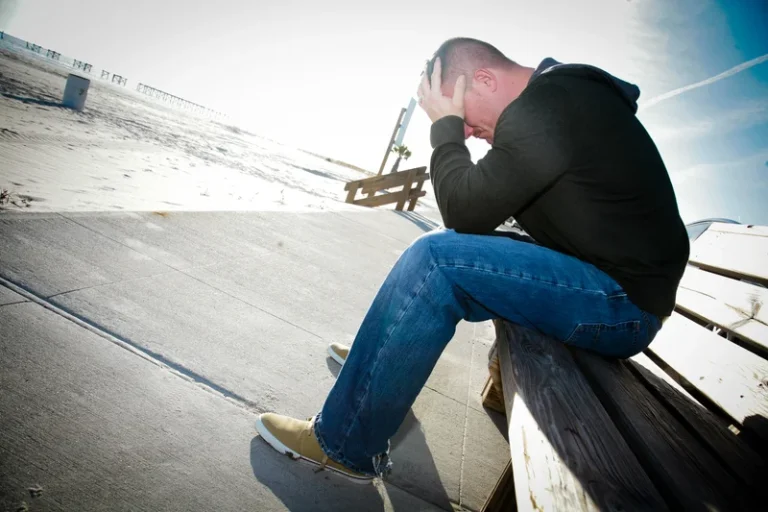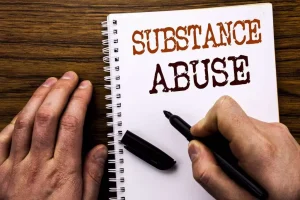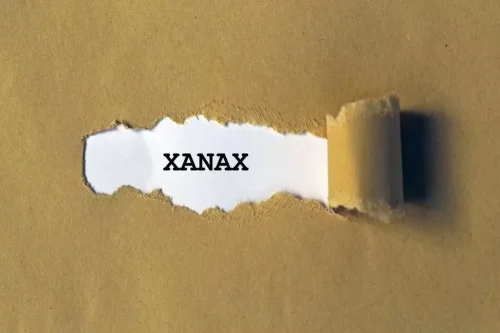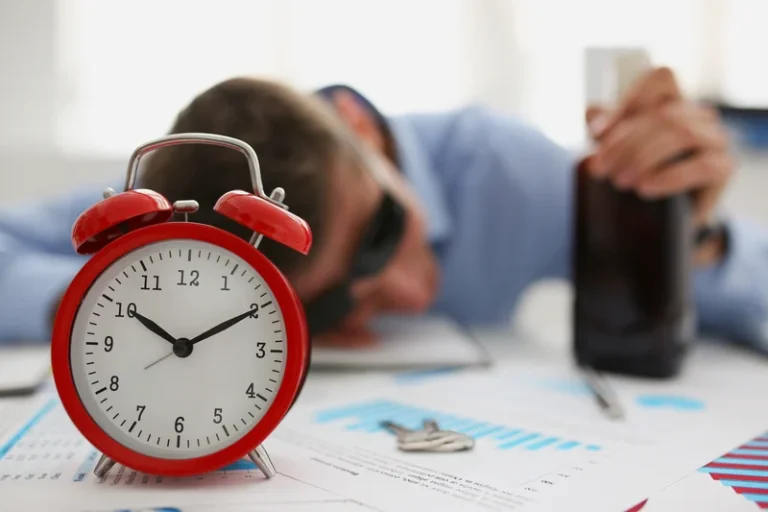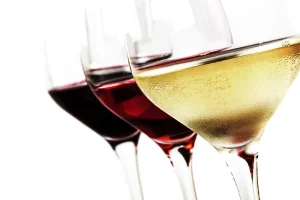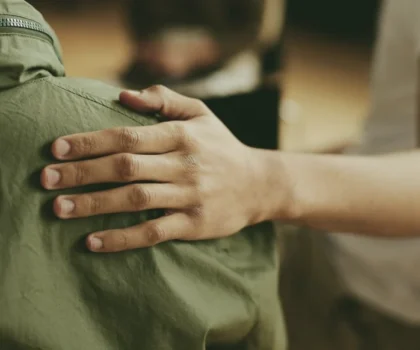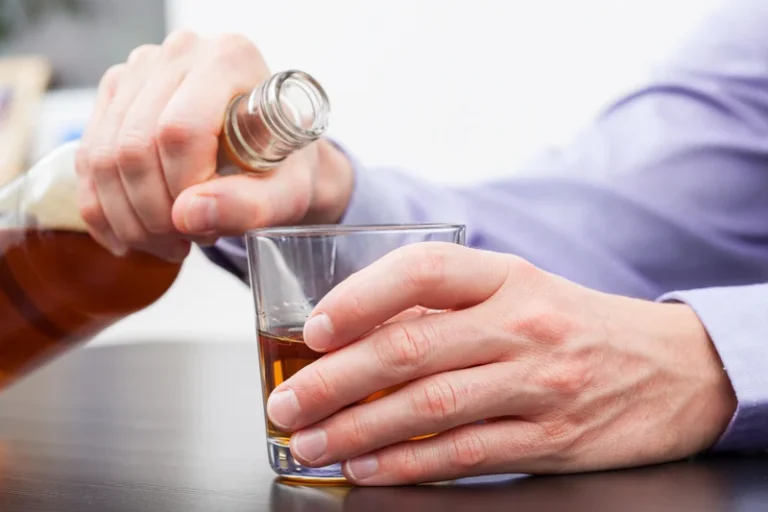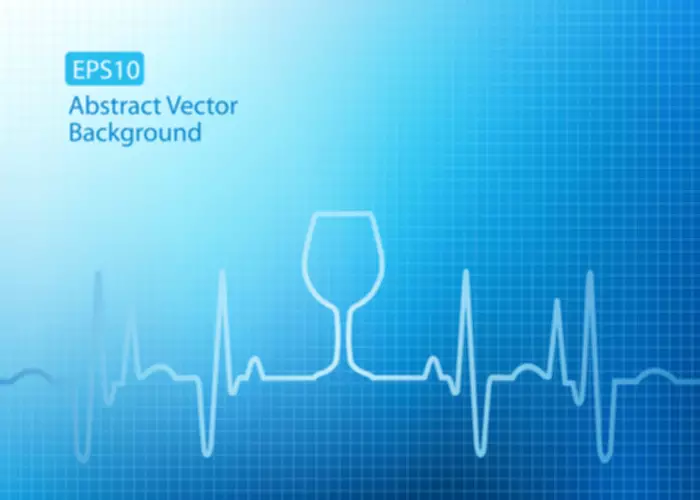
People with AUD may have a higher risk of developing panic disorder, which can cause unexpected, recurring panic attacks. Research in a 2019 article suggests that up to 50% of people having treatment for AUD also meet the criteria for at least one anxiety disorder. Even if someone starts drinking alcohol as a way to cope with anxiety, it can quickly have the opposite effect. For one, drinking alcohol more frequently or having larger amounts can cause hangovers.
Psychophysiological and neurobiological correlates
If you’re prone toward anxiety, or if drinking makes you feel anxious, experts recommend finding other ways to cope with stress and your emotions, rather than reaching for alcohol. Sometimes, people turn to alcohol or other substances to help them hide from their problems or cope with symptoms of mental illness. In some cases, people with certain mental health conditions, such as anxiety or panic disorder, might develop an unhealthy relationship with alcohol. As it turns out, I’m not alone in having anxiety the day after drinking (a.k.a. hangxiety). In this opponent process model, the term “addiction” refers to the neurobiological and motivational changes that occur as a consequence of chronic substance use. A DSM-IV diagnosis of alcohol dependence required meeting at least three of seven criteria.12 The first two criteria were physical—development of tolerance to alcohol and development of withdrawal symptoms.
Furthermore, people with anxiety who have other psychiatric disorders (such as depression) are more likely to reach for alcohol as a coping mechanism, which may also lead to an alcohol use disorder. If, despite these efforts, you still periodically wake up after drinking with feelings of anxiety, practice mindfulness. And when anxious feelings surface, turn to healthy alternatives like meditation, deep breathing or exercise. By Sheryl Ankrom, MS, LCPCSheryl Ankrom is a clinical professional counselor and nationally certified clinical mental health counselor specializing in anxiety disorders. The initial symptoms of anxiety and panic may be related to alcohol withdrawal. It could also be that alcohol use provides a mechanism for these disorders to develop.
Talk to your doctor about medications, therapy, and support groups that can help you manage your alcohol consumption. If they continue to use alcohol to help them feel more relaxed or at ease, they might eventually feel the need to avoid any social situations where they would be unable to drink. Drinking excessive amounts of alcohol can also have noticeable physical and mental consequences. Over time, consuming too much alcohol can lead to blackouts, loss of memory, and even brain damage (especially if it causes other health problems, such as liver damage).

Efforts to mitigate the deleterious effects of co-occurring anxiety disorders on alcohol treatment outcomes, as well as to illuminate causal influences between these conditions, have inspired investigations into how treatment for one co-occurring condition affects symptoms of the other condition. For example, if an anxiety disorder maintains alcohol misuse, effectively treating the anxiety should reduce alcohol use and reduce the likelihood of relapse after treatment. In one study, researchers administered paroxetine or placebo in a double-blind fashion to participants who had AUD and social anxiety disorder.25 They found that although the medication was clinically effective in reducing social anxiety symptoms, alcohol use severity was unchanged. Compared to retrospective assessments of the order of onset for co-occurring disorders, assessments of prospective relative risk (i.e., the risk for developing a condition given the presence or absence of another condition) provide more information about conferred risk. For example, people typically experience onset of social anxiety disorder before they are old enough to legally purchase alcohol, so the anxiety disorder typically precedes problems with alcohol. Therefore, retrospective assessments showing that social anxiety disorder commonly precedes problems with alcohol superficially suggest that the former causes the latter.
How many people drink alcohol as a coping mechanism?
- For example, a person might have started feeling more relaxed after just one glass of wine.
- From the psychological perspective, behavioral research demonstrates that drinking to cope with negative affect is a potent marker for current and future problems with alcohol.
- A 2018 narrative review suggests that 21.9% to 24.1% of people with an anxiety disorder or mood disorder use alcohol or drugs to relieve their symptoms.
- While dopamine increases immediately after drinking alcohol and temporarily makes you feel good, when the inebriation has faded, whatever symptoms that were being avoided rebound.
Antidepressants may be taken every day to help treat anxiety, while benzodiazepines are generally used for temporary 2cb effects relief from uncontrollable feelings of anxiety. If you think you have a problem with alcohol, seek help from your doctor right away. Occasionally unwinding with alcohol isn’t necessarily dangerous if your doctor approves.
Alcohol may be a temporary, unhealthy way to relieve anxiety and forget about your underlying stressors; however, using alcohol does not erase these underlying triggers. Whether your anxiety is related to past trauma, financial stress, or untreated depression, alcohol is merely a temporary Band-Aid and the longer one depends on alcohol to help treat their anxiety, the more at risk they are for developing an alcohol use disorder. Additionally, symptoms of anxiety will still be lurking around the corner as the underlying triggers have not been properly addressed and treated. If you’re feeling overwhelmed by your anxiety disorder, there are other ways to seek help.
The symptoms of a hangover, such as nausea and vomiting, dizziness, dehydration, and low blood sugar, can make it hard to function. If someone is sick because of a hangover, they might not be able to attend to their responsibilities at home, school, or work—which can, in turn, fuel their anxiety. Alcohol is a sedative and a depressant that affects the central nervous system. Dr. Elizabeth Bulat is the medical director of addiction medicine at Henry Ford’s Maplegrove Center in West Bloomfield. A doctor may also suggest additional treatment options, such as counseling or joining a support group.
Similarly, those with AUD may have a higher risk of developing anxiety disorders. In addition, if you’re noticing your anxiety levels increasing after drinking, try cutting down on how much you drink. Plus, take note of how your mood is each day — if you’re feeling extra on edge already, try and go against the temptation of remedying that with alcohol. About 3.1% of the U.S. population is affected by generalized anxiety disorder, according to the Anxiety & Depression Association of America. If you’re feeling nervous about being in a social setting, you may pour yourself a glass of wine to self-regulate any stress.
This article explains the links between alcohol and anxiety and how to manage anxiety disorders and AUD in daily life. When dealing with stressful days or nervous situations, you may be tempted to have a glass of wine or a beer to calm your nerves. However, drinking alcohol, especially heavily and over a long period of time, can actually increase your anxiety. Alcohol use can cause new onset anxiety and worsen pre-existing anxiety symptoms. Many individuals will use alcohol as an unhealthy coping tool to reduce symptoms of anxiety. While dopamine increases immediately after drinking alcohol and temporarily makes you feel good, when the inebriation has faded, whatever symptoms that were being avoided rebound.
Alcohol’s Effects

Such studies have the potential to reveal the trajectory of re-regulation of the stress response during abstinence and how it short addiction recovery quotes relates to anxiety symptoms and relapse risk. Understanding these parameters could make a valuable contribution toward using the stress system as a recovery biomarker. The notion of a simple, unidirectional, causal link between co-occurring disorders is not supported by the findings reviewed in this article. A prospective study has shown that either experiencing clinical-level anxiety or engaging in chronic alcohol misuse increases the risk of developing the other.21 In addition, clinical research shows that effectively treating one co-occurring condition does not substantively affect the other. Viable explanations for the relationship between co-occurring conditions include the possibility of a common cause for both conditions or bidirectional causation between the conditions. For example, dysregulated stress response or regulation may be a common risk factor for the development of both alcohol and anxiety disorders.
Can Alcohol Cause Anxiety or Make it Worse?
Research has found that anxiety disorders and alcohol use disorders often occur together. Several proposed explanations exist for the link, including genetics, a person’s environment, and the brain mechanisms related to addiction and anxiety symptoms. It’s common for people with social anxiety disorder to drink alcohol to cope with social interactions. Doing this can lead to a dependence on alcohol during socializing, which can make anxiety symptoms worse. First, historical trends and research related to the psychiatric classifications of alcohol misuse, negative affect, and their co-occurrence are reviewed, including typologies and diagnoses. Next, a history of behavioral examinations of negative affect and alcohol misuse is presented from the psychological perspective, along with a discussion of research on the use of alcohol to cope with negative affect.
Can you have alcohol anxiety without having an anxiety disorder?
If you take medication for anxiety, or you take anti-inflammatory drugs or narcotics, drinking can cause problems with anxiety. You can become agitated and jittery because your body is busy processing the alcohol, which neutralizes the effect of these medications. We tend to pair up our vices, and not only drink alcohol but also eat highly dense, problematic foods. Your body can have an uncomfortable sensation the next day as a result, which can feel like a nervous energy or anxiety. In the DSM-5, however, alcohol abuse and dependence have been integrated into a single diagnosis of AUD with mild, moderate, or severe subclassifications.11 The separate classifications of alcohol abuse and alcohol dependence were removed. According to a 2019 paper, panic disorder has a strong association with AUD.
The withdrawal period normally peaks 72 hours after the blood alcohol level drops. In fact, drinking can change the chemistry of the brain in a way that actually makes anxiety worse. Knowing how alcohol affects anxiety may make it less brain fog from alcohol tempting to have a drink to cope. But while some people may feel that alcohol helps their anxiety, others may feel susceptible to anxiety after a night of drinking.







